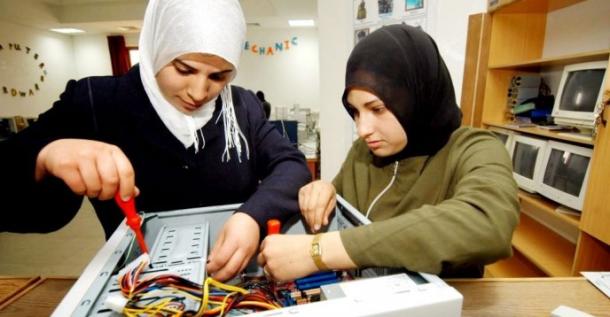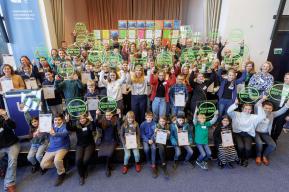Article
Case study: The RVA pathway to skills certification

Background
In the context of Pakistan’s National Vocational Qualifications Framework (NVQF), a learner may achieve any of the following qualifications: (1) one of the national vocational certificates at levels one to four; or a diploma at level five.
There are three pathways for any citizen to receive these qualifications: (1) training in an institution of the formal system; (2) on-the-job workplace and non-formal training including apprenticeship training; and (3) Recognition of Prior Learning (RPL) and/or Recognition of Current Competencies (RCC). An assessment using competency-based standards is conducted to determine the type of certification one can receive following any one of the three pathways.
The assessment and recognition processes through RPL/RCC pathways is a viable choice for individuals who have already acquired skills through previous formal, non-formal or informal learning including work experience and apprenticeship training. In many cases, this pathway is chosen by individuals who are seeking recognition of a limited range of knowledge, skills and competencies related to a certain job or employment opportunity. The assessment process is conducted by certified assessors and is managed by appropriate assessment and certification bodies.
Procedures and processes
The certification process of those who take the RPL/RCC pathway includes the following steps:
- Candidates apply to the assessment and certification body through an accredited training provider and/or assessment centre;
- Candidates present evidence that they have the skills that meet the competencies being sought within a specific qualification for the NVQF. This evidence includes:
- Evidence of an earlier training and/or;
- Record of employment and use of the skills and/or;
- Reference from an employer or other reliable person, knowledgeable in the skills, attesting that the individual has the skills.
- Candidates attend an interview with an assessor to explain the skills he/she possesses in relation to the competencies which they wish to be certified;
- Candidates may be asked to take a challenge test – in the form of a practical demonstration, a written or oral test, or an assignment – if the assessor needs to confirm the truth of the evidence from other sources;
- Assessors record the assessment results in the NVQF information system and a corresponding Certificate of Qualification or Record of Achievement is issued;
- The candidate who receives the certificate or record may then (a) enter an advanced study program; (b) receive some credit towards an advanced program; or (c) identify a need for additional skills requiring credits from a non-formal training program (also called a “bridge program”). This allows the individual to enter further training at the appropriate level without having to start at the lowest level and work his/her way up. It may also assist the individual in gaining better paid employment.
Outcomes and ways forward
In general, currently, there are 1,647 TVET institutes and 132,487 trainees since 2006. Unfortunately, no data is available as to the number of individuals who sought certification through the RPL/RCC pathway.
The NVQF will be implemented progressively. Existing qualification and equivalence arrangements will continue and gradually replaced by new qualifications. Transition arrangements will be put in place as part of the implementation of each new qualification.
References
- National Vocational & Technical Training Commission [NAVTTC]. 2015. Pakistan National Vocational Qualifications Framework (NVQF). NAVTTC, Islamabad.
- NAVTTC. 2013. Insights into Pakistan. (Accessed 11 June 2015).
- UNESCO Institute for Lifelong Learning. 2013. Global Inventory of National Qualifications Framework: Country case studies compiled by the UNESCO Institute for Lifelong Learning. Hamburg, UIL.
Partner/s
Aktar Naeem Muhammad r,
GIZ
Islamabad
With assistance from:
Arshid Kamal
Former intern at: UNESCO Institute for Lifelong Learning
Hamburg
Germany








